Service > Tests and Technical Analysis
Some of the analyses needed for the research and development sector are also offered to Labmaq customers, often ensuring the characterization of samples whether in the form of powder, solutions, emulsions and/or dispersions.
We carry out the following analyses: friability, humidity and water activity (Aw), antioxidant activity and total phenol determination, particle size analysis, SEM (Scanning Electron Microscopy), stability by the thermal stress method and high-performance liquid chromatography (HPLC).
Friability Tests
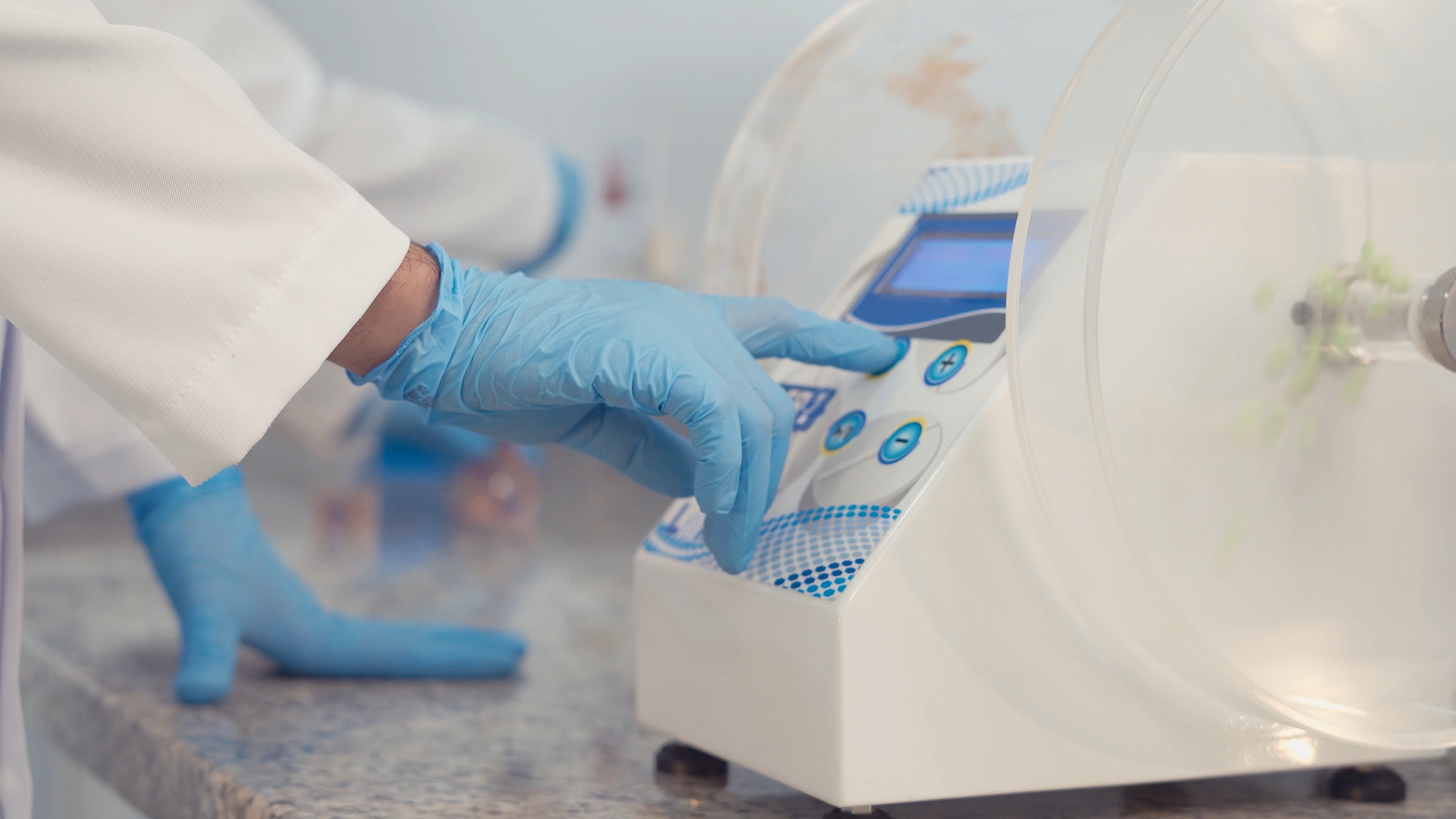
The friability of a tablet can be understood as its resistance when subjected to attrition, wear and friction.
The friability test of a tablet measures its resistance when mechanically subjected to abrasion forces, through equipment recommended and indicated by pharmacopoeias. This test is essential in pharmaceutical quality control.
Labmaq do Brasil offers this service in accordance with the different Pharmacopoeias (Brazilian, American, European and International).
In addition, this technique can also be extended to evaluate wear and detachment of fines in the areas of feed in pellet format and also in the area of coated seeds, to verify the quality of the product and ensure in some cases, the requirements for exports to certain areas.
Humidity and Water Activity (Aw)
Both humidity and water activity are parameters of extreme importance in the determination of samples. Humidity can be defined as the total amount of water in the sample. The values are shown in percentages ranging from 0 to 100. The water activity is an intrinsic property of the samples and determines how much water is bound and how much is free. Its values are shown from 0.030 to 0.970, and the closer to 0, the lower the water activity, that is, the lower the amount of water available.
Both parameters are important to maintain the structural conditions of the products and ensure, depending on the area, more safety and a high-quality standard, mainly regarding microorganism growth and also their visual characteristics.
Another important point is product packaging, for example a sample exposed to an environment with high relative humidity, will have its water activity increased.
Therefore, the knowledge and determination of these parameters make it possible to adjust the products and even interfere in the processes to improve the final product.
Determination of antioxidant activity and total phenols
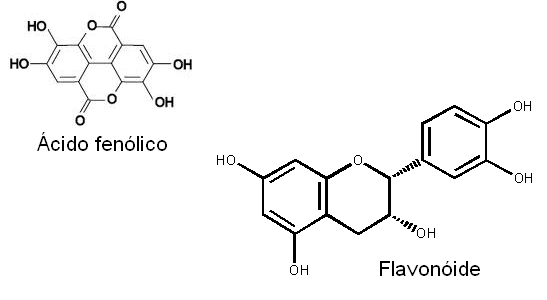
Metabolism involving oxygen is essential for cells, however, they can produce many reactive oxygen species. Over time, these compounds cause damage to important molecular structures of organisms such as DNA, proteins and lipids. This damage can lead to numerous pathologies, such as cardiovascular, inflammatory, degenerative diseases, tumors, premature aging, among others.
This formation of reactive oxygen species can be controlled by the endogenous production of antioxidant substances and also by dietary intake of antioxidants, such as ascorbic acid (vitamin C), vitamin E (tocopherols), polyphenols and selenium. These antioxidant substances manage to react with reactive oxygen species reducing them, thus stabilizing them, minimizing or even containing chemical reactions, avoiding a series of aggravations.
Phenolic compounds are a class of substances that have important antioxidant activity. Due to their chemical structure and reducing properties, phenols act as potent antioxidants as they are able to neutralize or sequester free radicals, in addition to chelating transition metals, acting both in the initiation stage and in the propagation of the oxidative process. A substance can be considered a phenol when it has at least one aromatic ring (benzene), in which at least one hydrogen is replaced by a hydroxyl group.
Due to the great advantages of antioxidant substances and total phenols, it is very important to identify them and also to quantify them correctly, to provide products that help in the preservation and containment of the appearance of certain diseases.
Particle size analysis
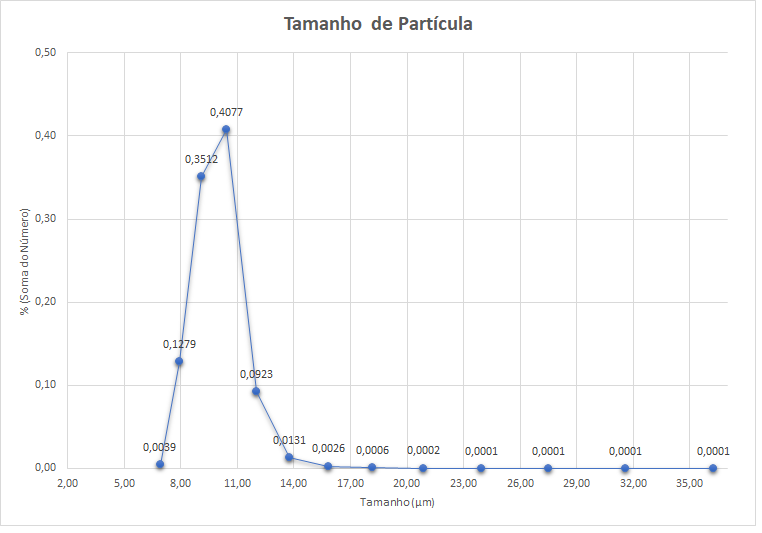
The particle size of a substance, especially when it is in the solid state, can directly impact different properties, such as solubility, dispersibility, extractive form, incorporation, visual appearance of the finished product, among others.
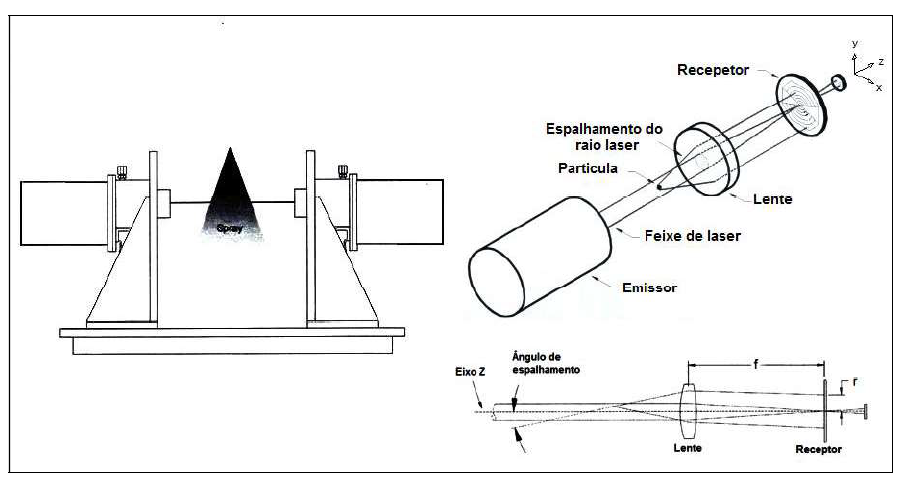
SEM (Scanning Electron Microscopy)

Scanning electron microscopy is a highly important technique to determine the morphology and topographical aspects of a sample, as well as show the particle surface through high resolution images.
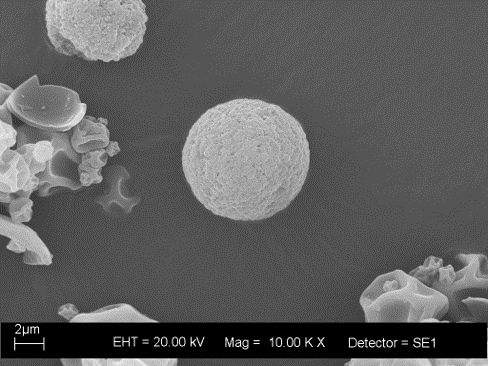
However, if you want to know the structural characteristics and microscopic form in high resolution, for example, or if your microencapsulation process by spray drying was successful, SEM is a great option.
Stability using the heat stress method
The stability study aims to show indications of how a product behaves over time, under the influence of environmental changes and alterations, by simulating the temperature, light and humidity conditions.
Stability by the thermal stress method causes the sample to be subjected to defined temperature cycles (hot/cold) to accelerate the appearance of possible signs of instability.
Considering this, stability tests can evaluate evidence of the quality and the storage conditions of the product.
High Performance Liquid Chromatography (HPLC)
High Performance Liquid Chromatography is one of the most used techniques to identify and quantify certain substances. This method has advantages such as speed, sensitivity, good resolution and quantification efficiency.
Basically, and very briefly, HPLC consists of two phases: a mobile phase, which consists of one or a mixture of solvents with a very high degree of purity, and a stationary phase, which is generally made of absorbent materials that are inside a column, called a chromatographic column. Thus, the mobile phase is eluted through the stationary phase isocratically or by gradient. In isocratic elution, the mobile phase remains constant throughout the process. In gradient elution, there is a change in the concentration of the mobile phase during the technique.
Due to the diversity of both phases and the different detectors, a large number of materials can be identified and quantified by this technique, such as drugs, water, soil, food, biological fluids, among others.
What our customers say
The equipment worked very well, it's easy to work with. After-sales service is always a problem at other companies, but at Labmaq it is very good
Professor Fabíola - CTGAS (Senai)
LABMAQ has a team of extremely qualified, committed and attentive professionals. The equipment sold by the company is of excellent quality and the training offered is of a high level, being taught on a scientific and technological basis. The assistance and support provided after the purchase of the equipment is excellent, the employees are always willing to help and solve doubts. I will certainly recommend them. Congratulations!
Profa. Dra. Kaciane Andreola - IMT (Instituto Mauá de Tecnologia)
Labmaq is an excellent company in many respects. The technical assistance and sales team are very helpful. The products are of high quality and easy to work with!
Cassiano Pires - Depto de Química UFPR - Curitiba
The company is really excellent: great service and better price compared to competitors
Prof. Dr. Ricardo Marreto - UFG (Goiânia)
There is a set of factors for me to recommend Labmaq: price, product quality and service
Profa. Dra. Elisa - UNESP (Araçatuba)
Excellent technical assistance and good products
Profa. Dra. Soraia Vilela Borges - Universidade Federal de Lavras